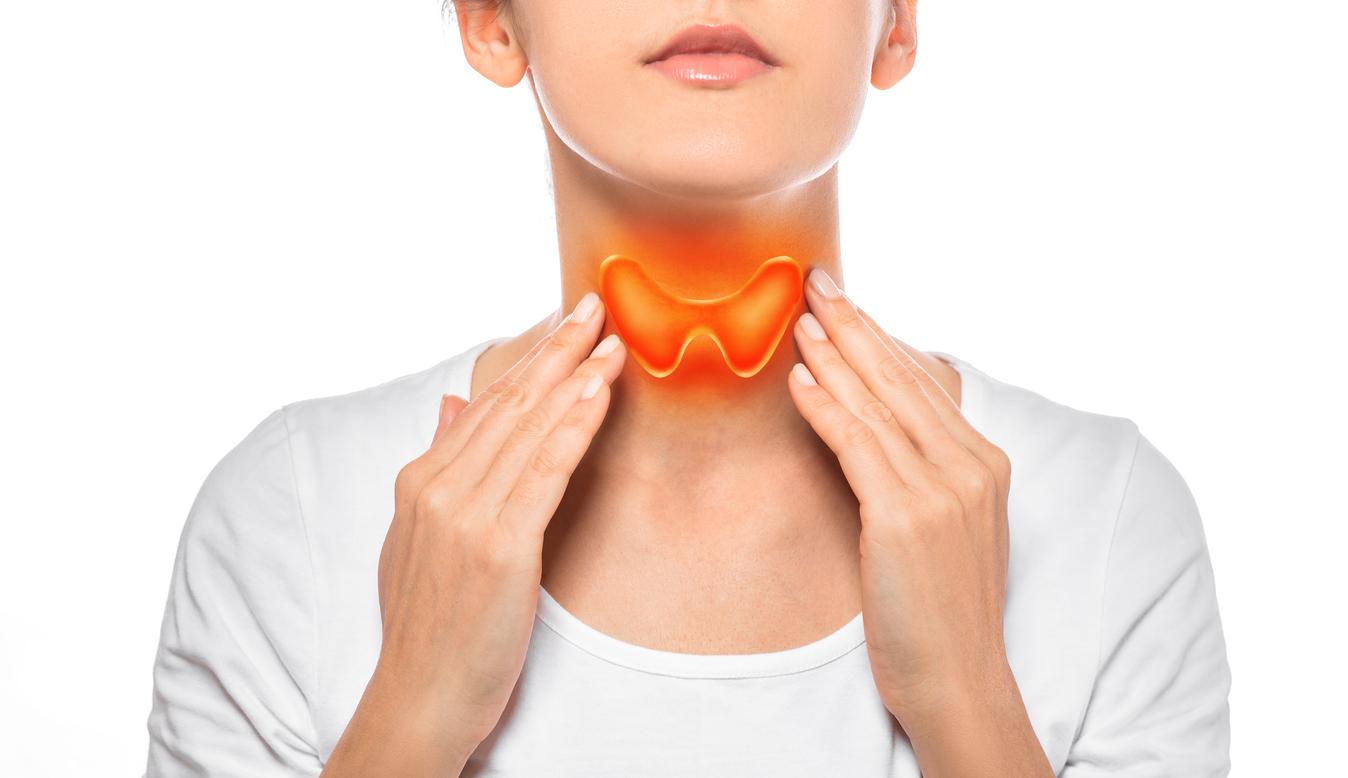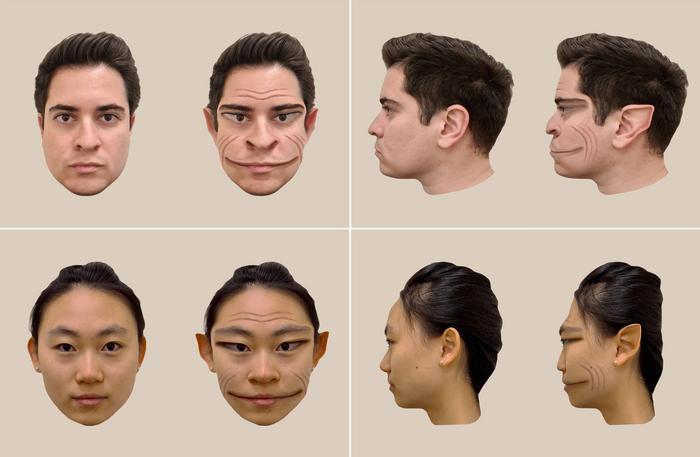In the Landes maritime pine, nothing is lost, everything is used! After cutting the wood for furniture and stationery, the bark considered a by-product is recovered. It contains an exceptional ingredient, which combines antioxidant, anti-inflammatory and anti-aging activities.
The story begins in 1534, when the navigator Jacques Cartier landed in North America. Sick with scurvy, he was treated by natives with decoctions of maritime pine bark. A few centuries later, Professor Jacques Masquelier, at the University of Bordeaux, discovered and patented the active ingredient called Pycnogenol, an extract composed of antioxidants (procyanidins and bioflavonoids),fruit acids and organic acids.
Acquired by a pharmaceutical laboratory (Horphag), more than a hundred clinical studies and as many publications have proven the effectiveness of this molecule: orally, for the immune system, heart health, reduction of joint pain , the improvement of vision and blood circulation and the beauty of the skin. The other polyphenols (antioxidants) from pine bark are also used under the generic term OPC (oligo-proanthocyanidins). The Ixxi brand, established in the South-West, also exploits the benefits of this OPC. These active ingredients are very powerful and their field of action is wide.
The maritime pine must be 30 to 50 years old to be exploited. The molecules of interest are located in the bark, a few centimeters from the outer layer. The pieces are crushed gradually, then brought into contact with a natural alcohol in order to recover the molecules.
It prevents the appearance of wrinkles
All pine polyphenols are powerful antioxidants capable of neutralizing oxygen free radicals and regenerating the vitamin C. Taken as a food supplement, Pycnogenol is 50 times more powerful than vitamin E and 20 times more powerful than vitamin C. Ixxi pine OPC is 30 times more powerful than vitamin C and 4 times more powerful than vitamin E in local application. Applied to the skin, it acts quickly on radiance and has a long-term preventive action on wrinkles and relaxation.
The different pine polyphenols act with hydroxyproline, an amino acid present exclusively in collagen and elastin. They stimulate the synthesis of various collagens and elastin, and also prevent collagen degradation. They thus make it possible to act directly on wrinkles, firmness and elasticity of the skin. In addition, Pycnogenol increases the rate ofhyaluronic acid into the skin, which promotes hydration and restores its suppleness.
It acts on radiance and against dark spots
In addition, several types of pine polyphenols inhibit the formation of stains and reduce them. They thus act on the homogeneity of the complexion. Pycnogenol, in particular, stimulates skin microcirculation, ensuring a better supply of oxygen and nutrients, as well as improving skin hydration and the elimination of waste. It also strengthens the walls of blood capillaries. This benefit, coupled with the anti-oxidant and anti-dark spot actions, improves the radiance of the complexion.
It soothes sunburn and acne
Taken as a dietary supplement or applied to the skin, Pycnogenol also has the specificity of reducing inflammation due to exposure to UV rays. In prevention, it protects against sunburn and, curatively, reduces inflammatory reactions linked to sunburn, thanks to the procyanidins (tannins rich in antioxidants) it contains. Because of this anti-inflammatory action, it is also effective in the treatment ofacne and has antimicrobial activity.
Thanks to Sébastien Bornet, worldwide marketing director of Horphag laboratories and to Cécile Brun, director of scientific communication at Ixxi.
Read also :
Severe acne, a real social handicap for many teenagers
Brown spots on the skin: there is something new!
Anti-aging: how do diagnostics work?
















